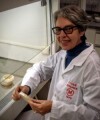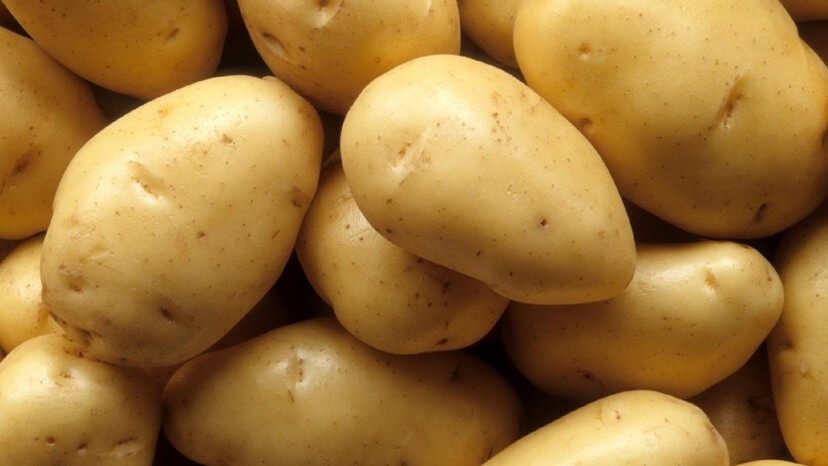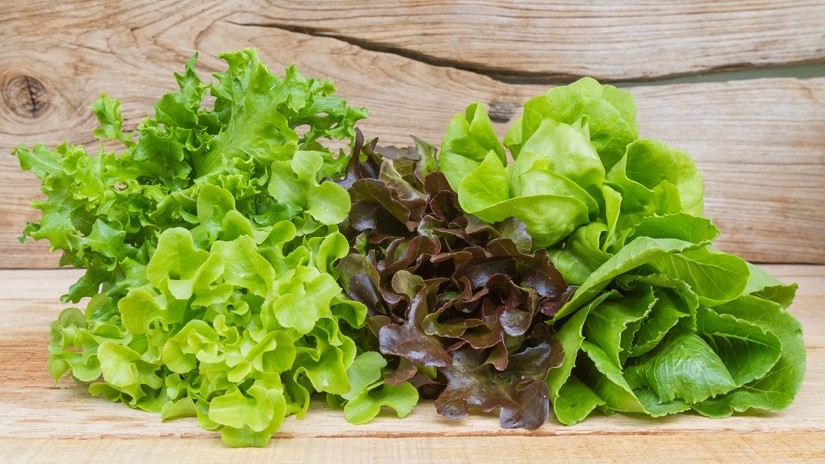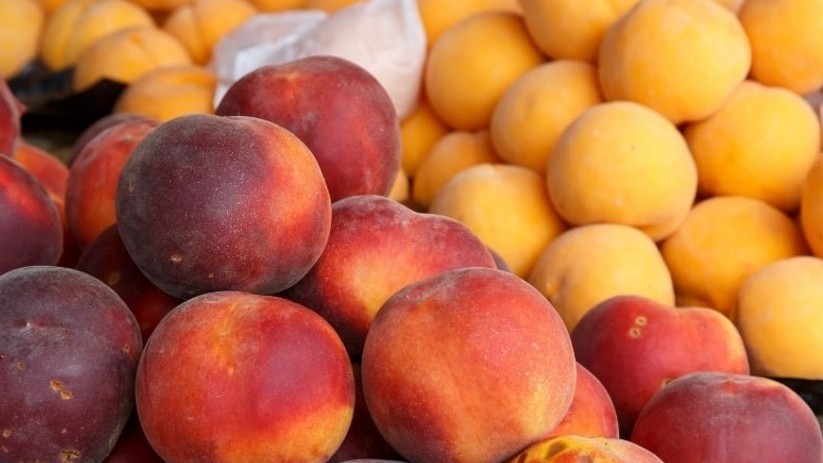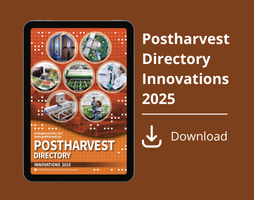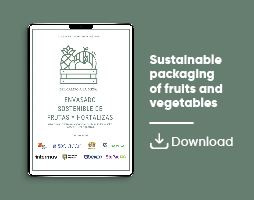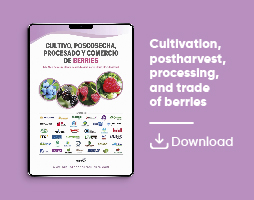News
Plant extracts mitigate physicochemical alterations mediated by Fusarium spp. in potato tubers
Development of sustainable and environmentally friendly strategies for managing potato dry rot, thereby supporting food security and agricultural sustainability
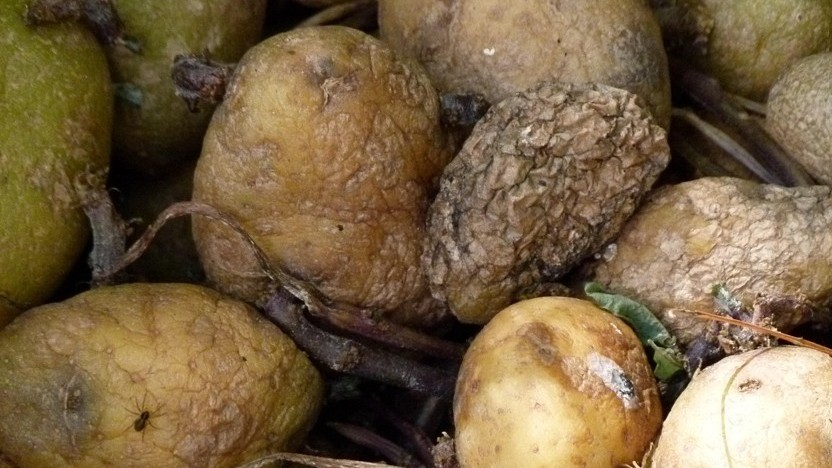
The potato (Solanum tuberosum L., Solanaceae family), originally from Bolivia (South America), is currently cultivated in more than 150 countries (FAOSTAT, 2024).
Its global importance is reinforced by its potential to address economic and food security challenges, particularly in densely populated countries in sub-Saharan Africa, where it promises to improve the living conditions of smallholder farmers and their families.
Beyond its economic value, the potato is a source of carbohydrates rich in nutrients such as vitamins, minerals and essential phytochemicals, many of which have antioxidant properties. However, post-harvest losses severely impact producers' incomes and consumers' food security.
Fusarium, which causes severe rot during storage
Post-harvest diseases, caused by various phytopathogens such as fungi, bacteria and viruses, are a major factor in these losses. Among these pathogens, Fusarium (Ascomycota) species are particularly destructive, causing severe dry rot during storage.
The most prevalent and damaging Fusarium species include F. sambucinum, F. solani, and F. oxysporum, whose incidence varies according to geographical location and climatic conditions. They infect tubers during the pre-harvest stage, while they are still in the ground, as well as through wounds sustained during harvesting operations.
Typical symptoms of dry rot that manifest during storage include sunken brown to black spots and wrinkled tuber flesh.
Over time, prolonged storage results in the development of cottony masses of white, purple, pink or brick-orange spores, which can survive in the soil or in decomposed tuber debris, perpetuating the cycle of infection.
Mycotoxin producer
In addition to their pathogenic effects, Fusarium species are known to produce mycotoxins such as sambutoxin, trichothecene, fusarin C, fusaric acid, zearalenone, and deoxynivalenol.
These mycotoxins pose serious health risks to both humans and animals.
Furthermore, some of these toxins act as pathogenicity factors, exacerbating the development of infection in tubers.
Control alternatives
Currently, the application of synthetic fungicides remains the most effective method for controlling post-harvest diseases, but their excessive use has led to the emergence of resistance in pathogens and long-term adverse effects on human, animal and environmental health.
Consequently, there is a growing trend towards reducing dependence on synthetic fungicides and exploring safer and more sustainable alternatives, such as plant-based substances.
Plants have been used for thousands of years to treat human ailments and prevent disease, and their bioactive compounds are increasingly recognised as viable alternatives to synthetic antimicrobials in horticulture.
Plant extracts
Plants whose extracts exhibit antimicrobial activity against phytopathogens of the genus Fusarium in potatoes include: Cinnamomum verum, Zingiber officinale, Caryophyllus aromaticus L., Moringa oleifera, Lantana camara, Vermonia amygdalina, Curcuma longa, and Allium sativum.
The efficacy of these natural fungicides depends largely on their bioactive compounds, such as polyphenols, terpenes, and alkaloids.
Polyphenols, in particular, are potent antioxidants with important antifungal properties, as demonstrated by their activity against pathogens such as Aspergillus flavus and Fusarium verticillioides, Botrytis cinerea, and Fusarium oxysporum.
Good results in potatoes with Curcuma longa
A recent study aimed to isolate and characterise Fusarium from potato tubers exhibiting typical symptoms of dry rot and to determine the antifungal activity of extracts from different plant species to control the physical and biochemical deterioration of tubers infected with Fusarium spp.
Among those analysed, it was found that the hydroethanolic extract of Curcuma longa has strong fungicidal properties and potential as a natural preservative to combat the physicochemical degradation caused by Fusarium-mediated dry rot in potato tubers.


